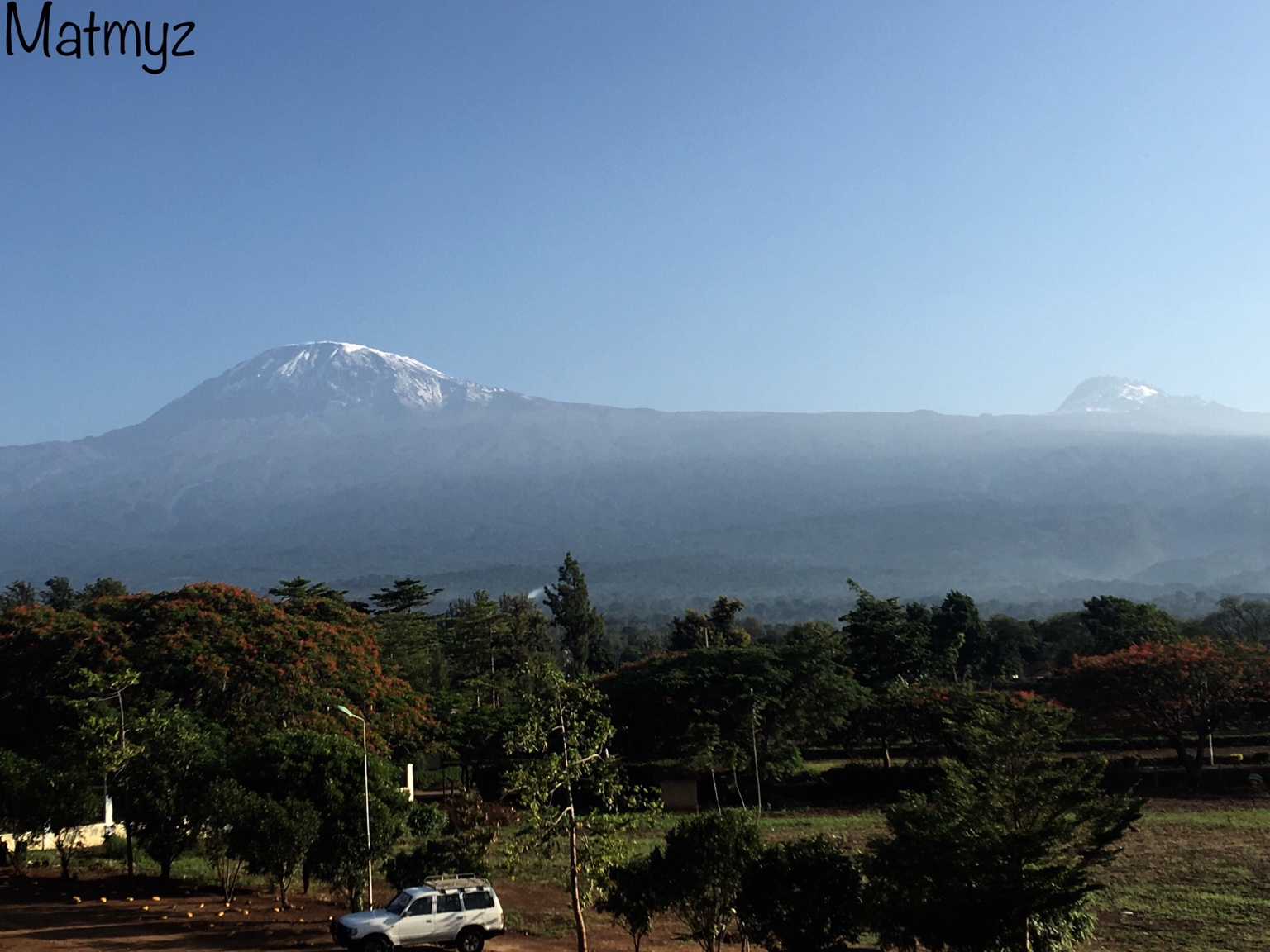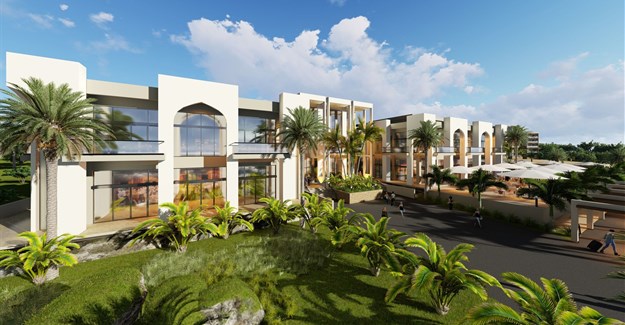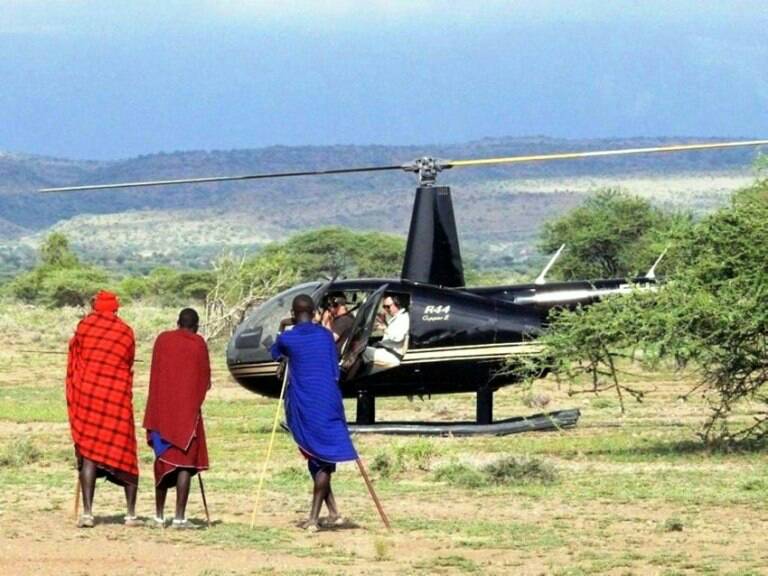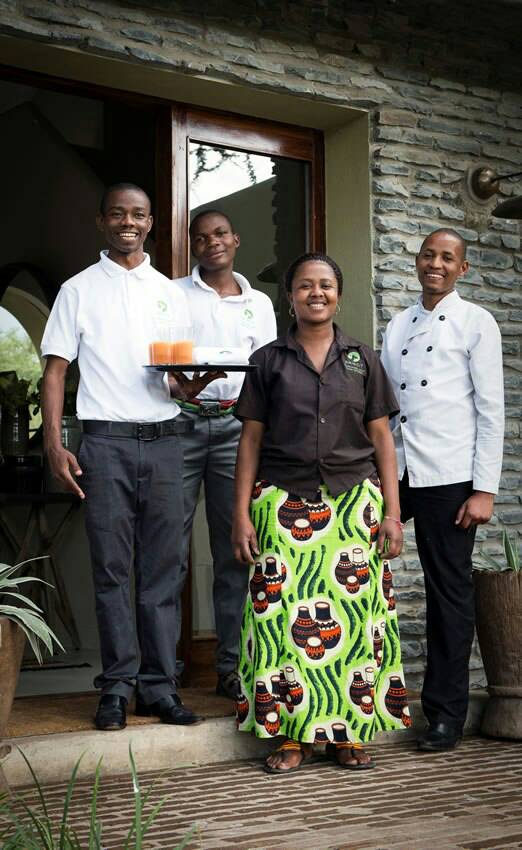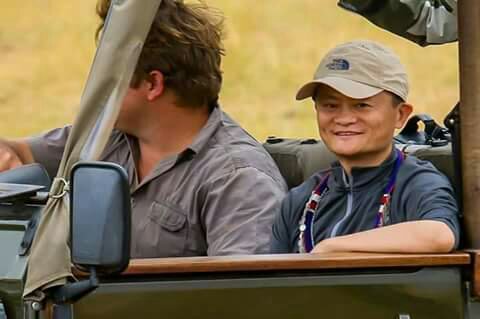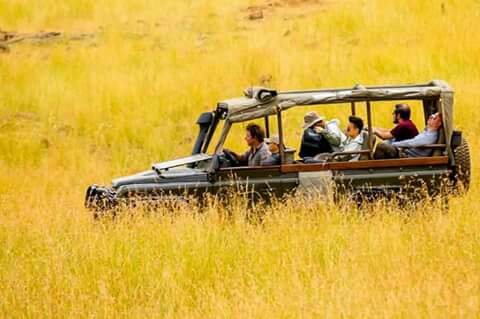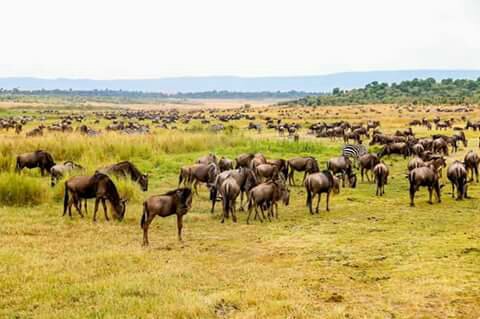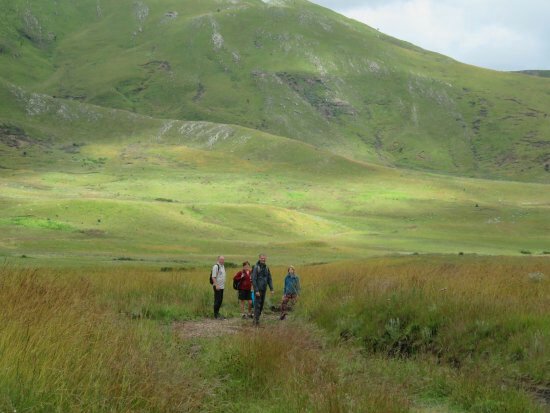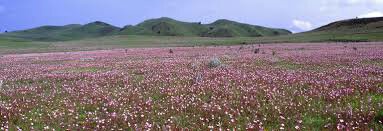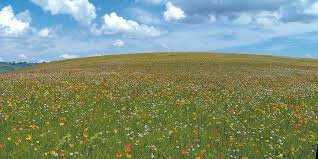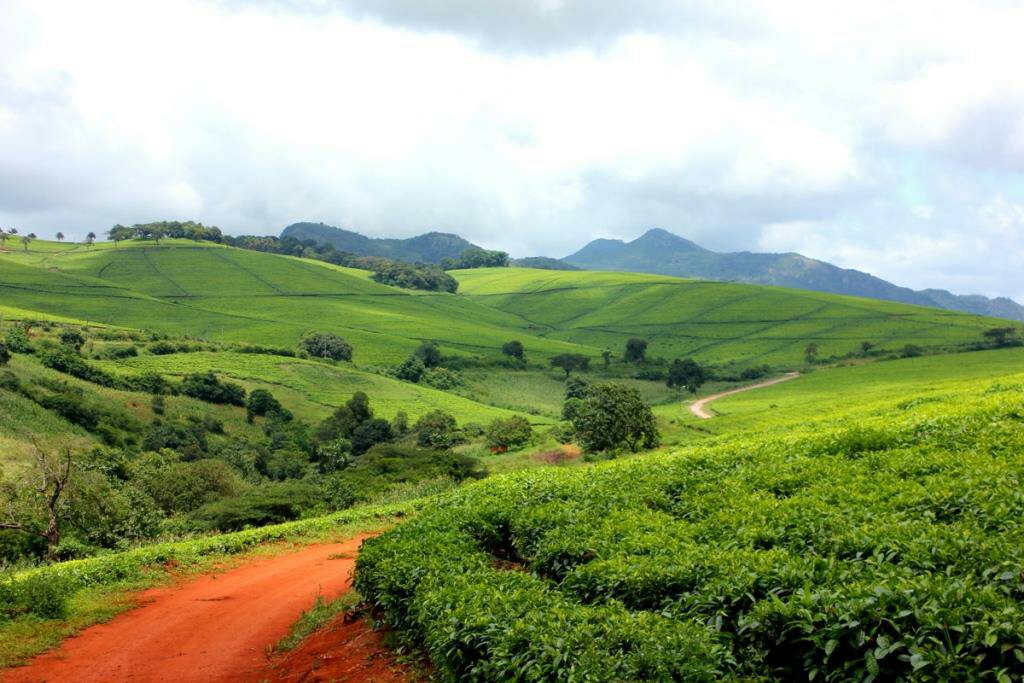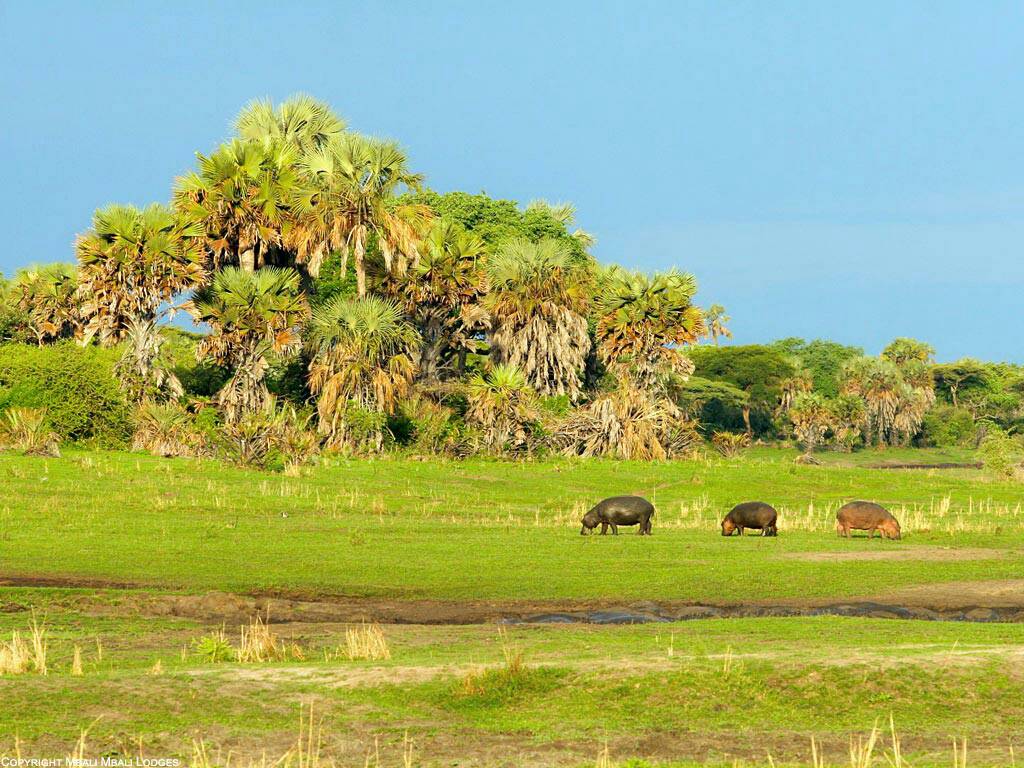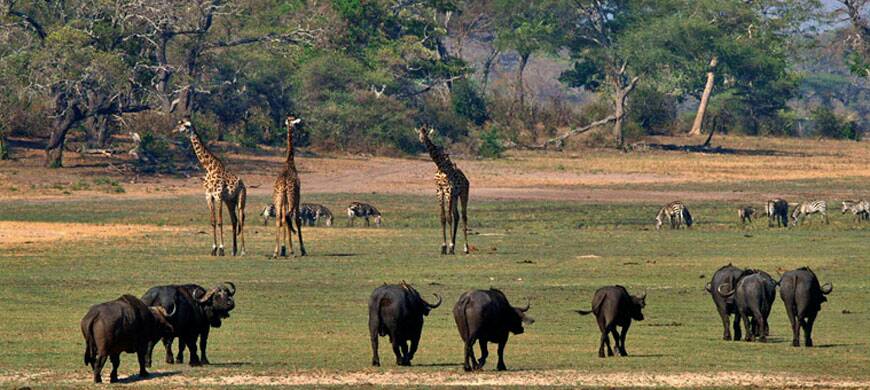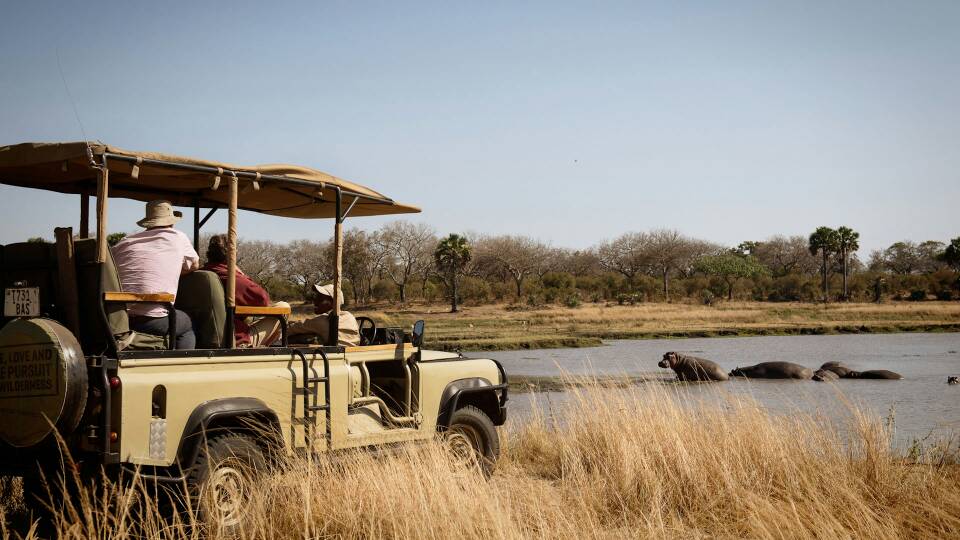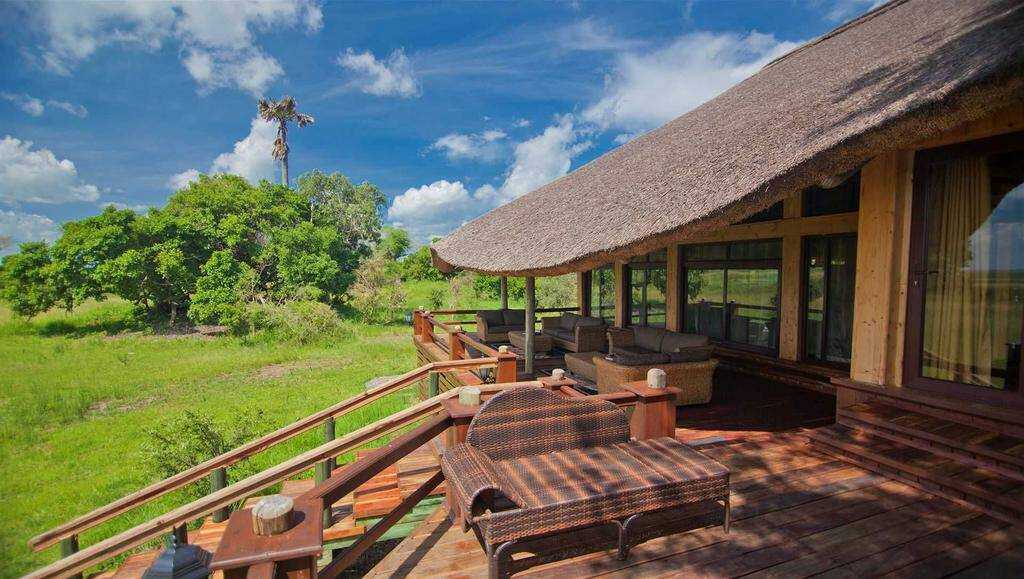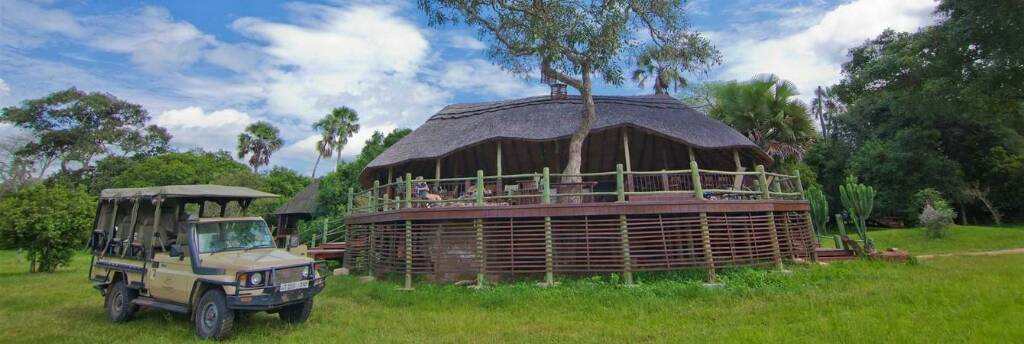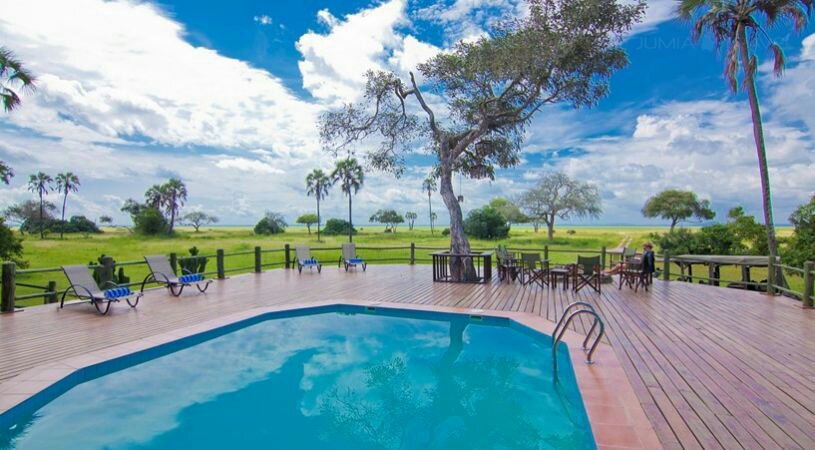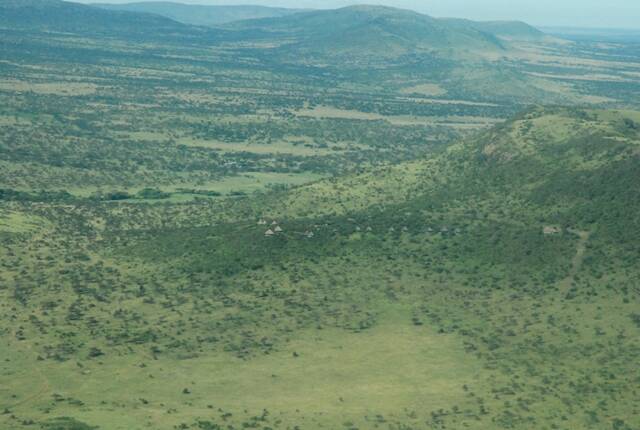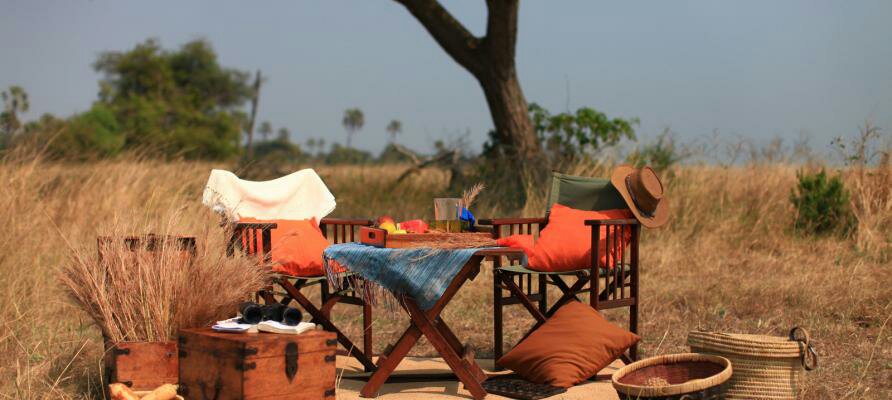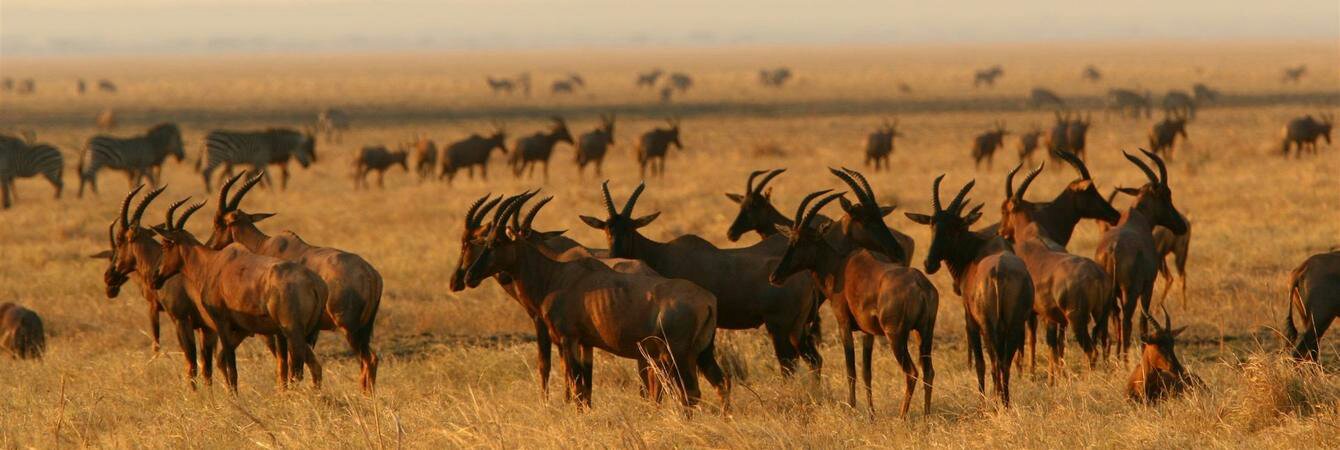Geza Ulole
JF-Expert Member
- Oct 31, 2009
- 59,203
- 79,442
- Thread starter
- #1,021

TRAVEL INTELTIPS AND SERVICE
Share via facebook dialog
How to Visit Tanzania and Avoid the Crowds
by Adam Popescu
June 3, 2017

Photo by Gina Bender
Ngorongoro Crater is a must-see for any visitor to Tanzania.
Share via facebook dialog
Share via Pinterest
Step one? Don't be afraid of the rainy season.
The acacia-filled savannas of Tanzaniaare among the most biodiverse spots on earth, and you are almost guaranteed to see the Big Five. But you’ll also face skepticism from travel vets, as this classic has become the go-to place for first- and second-timers to Africa; a trip where a safari all too often amounts to 14 jeeps swarming around a single, sleeping lion.
Relative political stability, English-speaking locals, and decades of booming tourism mean that during certain months of the year, parts of Tanzania can be so crowded that it can feel like a far cry from what you’ve seen on Planet Earth. It’s also easy to forget that the country is more than just bush and savanna—there’s more than 800 miles of Indian Ocean-facing coastline. Most visit Zanzibar’s white sand beaches, but there are other options if you want a little more privacy and isolation. Here’s how to take a trip to Tanzania, all while avoiding the safari-suit-clad crowds.

Photo by Gina Bender
A lion shows off some locks in Serengeti National Park.
Share via facebook dialog
Share via Pinterest
Embrace the rainy season
Don’t be think the Serengeti is only worth it when the ground is bone-dry and animals congregate around the watering holes. Come in the rainy season, from late March to late May, during the wildebeest migration, and you can still get close to thousands of herbivores and the predators stalking them across the plains. Plus, rain isn’t a guarantee, even during these wetter months—not a drop hit during our seven-day trip. With lodgings eager for off-season bookings, it also means you can get a deal somewhere that usually would be out of your budget.
Serengeti National Park and the Ngorongoro Crater are must-sees, but if you want to get even further afield of the well-trod paths, hit Selous Game Reserve, a little-known UNESCO sitewith one of the world's highest concentrations of megafauna and where, along with the standard jeep safaris, you can also go on expeditions on foot and by boat.

Photo by Gina Bender
At Pangani, it can feel like you have the entire beach to yourself.
Share via facebook dialog
Share via Pinterest
Look for beaches beyond Zanzibar
Most make a beeline for the Spice Island when they touch down in Dar es Salaam, Tanzania’s capital—and for good reason. While Zanzibar’s sapphire waters areInstagram gold, they’re not the only region in Tanzania offering some of the world’s best beaches. A 20-minute plane ride south is Mafia Island, an overlooked dot of land filled with white-sand beaches and mangrove forests (and prone to its fair share of mob-related jokes).
If you would rather stick to the mainland coast, there’s sleepy Pangani, where you can stay at the Mawimbi Villa, a six-room private villa that comes with on-site spa services, a private chef, pool, and all-inclusive meals including three-course dinners—all of which you can have for as low as $350 a night during the off-season. About a mile from Mawimbi is its sister outpost, the Tides Lodge, with seven beach-facing cottages and a relaxed atmosphere perfect for families. For a truly spectacular beach, arrange a trip on a traditional dhow toMaziwi Island, where you can pass a whole afternoon snorkeling over unspoiled coral reefs. (When we visited, besides us and the captain, nobody was on the island—unthinkable in Zanzibar.)

Photo by Gina Bender
The Highlands, just 45 minutes north of Ngorongoro Crater, offers eco-friendly luxury.
Share via facebook dialog
Share via Pinterest
Go for eco-friendly accommodations
Being an “eco-lodge” is more than a label. It’s a commitment to protecting the land, which translates to more exclusive locations and limited capacity—a.k.a. no big crowds. More than a third of Tanzania is protected, which is good news for the giant herds who call its savannas home. But responsible land management actually translates to a better travel experience, too. Asilia, the country’s largest contributor to carbon offsets, has implemented a $5 per person, per night charge for sustainability programs, a low-impact approach matched by their locations. InNamiri Plains, in a corner of the Serengeti once used for cheetah research, the eight tented suites are 100 percent solar powered, and even the wastewater is recycled. There are no permanent structures and no fences to keep animals out—we saw elephants from our tent and heard roaming lions at night. Keeping it green in the bush doesn’t necessarily mean sacrificing luxury, either: At Namiri Plains, you'll have the comfort of indoor-outdoor showers, flushable toilets, and even WiFi—plus, no other safari camp for miles, and game drives in roomy jeeps all to yourself.
The Highlands, 45 minutes north of Ngorongoro Crater, is a solar-powered archipelago of eight canvas-domed tents, also run by Asilia. The land is completely unspoiled—besides walkways, no foliage is trimmed and structures use reclaimed indigenous wood. Marrying luxury and sustainability isn’t just a sales pitch, either—Asilia publishes annual impact reports.
Ask a pro
Getting to your final destination here means multiple short connecting flights on small airlines and charter flights, and the booking process can be dizzying. To avoid the stress, find someone with established contacts and connections to ply for travel advice, and rely heavily on word-of-mouth. After speaking with several tour operators in the U.S. and U.K., we went with Aardvark Safaris. They catered to our specific desire for a vacation away from the crowds, set us up with a driver and hotel in Dar es Salaam, and coordinated in-country flights on Coastal Air, which flies daily to around 30 regional destinations (our seven-night trip cost about $4,000 a person, excluding air). We also used the travel concierge from Chase Sapphire to add another trusted voice and more regional experience. In a pinch and on the fly abroad, credit card travel services are a major—and free—leg-up for everything from logistics to fraud protection.
How to Visit Tanzania and Avoid the Crowds
TRAVEL INTELTIPS AND SERVICE
Share via facebook dialog
How to Visit Tanzania and Avoid the Crowds
by Adam Popescu
June 3, 2017

Photo by Gina Bender
Ngorongoro Crater is a must-see for any visitor to Tanzania.
Share via facebook dialog
Share via Pinterest
Step one? Don't be afraid of the rainy season.
The acacia-filled savannas of Tanzaniaare among the most biodiverse spots on earth, and you are almost guaranteed to see the Big Five. But you’ll also face skepticism from travel vets, as this classic has become the go-to place for first- and second-timers to Africa; a trip where a safari all too often amounts to 14 jeeps swarming around a single, sleeping lion.
Relative political stability, English-speaking locals, and decades of booming tourism mean that during certain months of the year, parts of Tanzania can be so crowded that it can feel like a far cry from what you’ve seen on Planet Earth. It’s also easy to forget that the country is more than just bush and savanna—there’s more than 800 miles of Indian Ocean-facing coastline. Most visit Zanzibar’s white sand beaches, but there are other options if you want a little more privacy and isolation. Here’s how to take a trip to Tanzania, all while avoiding the safari-suit-clad crowds.

Photo by Gina Bender
A lion shows off some locks in Serengeti National Park.
Share via facebook dialog
Share via Pinterest
Embrace the rainy season
Don’t be think the Serengeti is only worth it when the ground is bone-dry and animals congregate around the watering holes. Come in the rainy season, from late March to late May, during the wildebeest migration, and you can still get close to thousands of herbivores and the predators stalking them across the plains. Plus, rain isn’t a guarantee, even during these wetter months—not a drop hit during our seven-day trip. With lodgings eager for off-season bookings, it also means you can get a deal somewhere that usually would be out of your budget.
Serengeti National Park and the Ngorongoro Crater are must-sees, but if you want to get even further afield of the well-trod paths, hit Selous Game Reserve, a little-known UNESCO sitewith one of the world's highest concentrations of megafauna and where, along with the standard jeep safaris, you can also go on expeditions on foot and by boat.

Photo by Gina Bender
At Pangani, it can feel like you have the entire beach to yourself.
Share via facebook dialog
Share via Pinterest
Look for beaches beyond Zanzibar
Most make a beeline for the Spice Island when they touch down in Dar es Salaam, Tanzania’s capital—and for good reason. While Zanzibar’s sapphire waters areInstagram gold, they’re not the only region in Tanzania offering some of the world’s best beaches. A 20-minute plane ride south is Mafia Island, an overlooked dot of land filled with white-sand beaches and mangrove forests (and prone to its fair share of mob-related jokes).
If you would rather stick to the mainland coast, there’s sleepy Pangani, where you can stay at the Mawimbi Villa, a six-room private villa that comes with on-site spa services, a private chef, pool, and all-inclusive meals including three-course dinners—all of which you can have for as low as $350 a night during the off-season. About a mile from Mawimbi is its sister outpost, the Tides Lodge, with seven beach-facing cottages and a relaxed atmosphere perfect for families. For a truly spectacular beach, arrange a trip on a traditional dhow toMaziwi Island, where you can pass a whole afternoon snorkeling over unspoiled coral reefs. (When we visited, besides us and the captain, nobody was on the island—unthinkable in Zanzibar.)

Photo by Gina Bender
The Highlands, just 45 minutes north of Ngorongoro Crater, offers eco-friendly luxury.
Share via facebook dialog
Share via Pinterest
Go for eco-friendly accommodations
Being an “eco-lodge” is more than a label. It’s a commitment to protecting the land, which translates to more exclusive locations and limited capacity—a.k.a. no big crowds. More than a third of Tanzania is protected, which is good news for the giant herds who call its savannas home. But responsible land management actually translates to a better travel experience, too. Asilia, the country’s largest contributor to carbon offsets, has implemented a $5 per person, per night charge for sustainability programs, a low-impact approach matched by their locations. InNamiri Plains, in a corner of the Serengeti once used for cheetah research, the eight tented suites are 100 percent solar powered, and even the wastewater is recycled. There are no permanent structures and no fences to keep animals out—we saw elephants from our tent and heard roaming lions at night. Keeping it green in the bush doesn’t necessarily mean sacrificing luxury, either: At Namiri Plains, you'll have the comfort of indoor-outdoor showers, flushable toilets, and even WiFi—plus, no other safari camp for miles, and game drives in roomy jeeps all to yourself.
The Highlands, 45 minutes north of Ngorongoro Crater, is a solar-powered archipelago of eight canvas-domed tents, also run by Asilia. The land is completely unspoiled—besides walkways, no foliage is trimmed and structures use reclaimed indigenous wood. Marrying luxury and sustainability isn’t just a sales pitch, either—Asilia publishes annual impact reports.
Ask a pro
Getting to your final destination here means multiple short connecting flights on small airlines and charter flights, and the booking process can be dizzying. To avoid the stress, find someone with established contacts and connections to ply for travel advice, and rely heavily on word-of-mouth. After speaking with several tour operators in the U.S. and U.K., we went with Aardvark Safaris. They catered to our specific desire for a vacation away from the crowds, set us up with a driver and hotel in Dar es Salaam, and coordinated in-country flights on Coastal Air, which flies daily to around 30 regional destinations (our seven-night trip cost about $4,000 a person, excluding air). We also used the travel concierge from Chase Sapphire to add another trusted voice and more regional experience. In a pinch and on the fly abroad, credit card travel services are a major—and free—leg-up for everything from logistics to fraud protection.
How to Visit Tanzania and Avoid the Crowds
